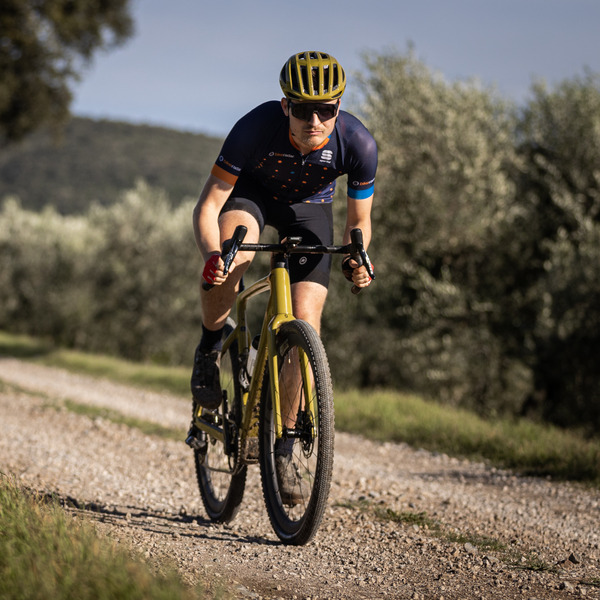In our Tech Q&A series, we tackle cycling queries – big or small, complex or simple – with insights from the BikeRadar team and trusted industry experts. Next up, a reader wants to know the differences between the many popular electric bike motor systems on the market.
I’m a 68-year-old veteran on a tight budget and looking to buy an ebike. I’ve been a lifelong cyclist – my last road bike was a Guerciotti I built myself, years ago.
I’ve tested both hub-motor and mid-drive ebikes, and much prefer a crank-based system. Having searched online for proper comparisons, all I can find are lists of available motors.
Could you outline which of these mid-drive systems is best? Or at least the pros and cons of each – Bosch, Shimano, Brose, Yamaha and Fazua.
Kevin Terplak via email
BikeRadar’s digital editor, Jack Luke, explains the answer depends on your use case and will differ between electric bike genres.
In 2022, our senior technical editor, Alex Evans, carried out a thorough test to find out which electric bike motor was best, although it doesn’t cover all the brands you reference. Still, this feature will give you a good sense of how those ebike systems compare, with the caveat that tech has moved on quite considerably since 2022.

Jack summarises that Bosch’s various systems are the benchmark, because of broad adoption by many bike brands and the fact the German manufacturer has arguably set the direction of travel for the mass market.
He says Bosch motors – including the Performance Line CX and lighter Performance Line SX models – offer a smooth feel, along with adequate power and (more importantly) torque for their intended use. They’ve also been around for long enough to cement their reliability.
According to Jack, Shimano’s various motor systems are relatively light and compact, and offer a natural ride feel.
However, they’re not as powerful as some other options and can be a little noisier. This is certainly the case with the latest EP801 eMTB drive unit, which has a freewheel mechanism that can make loud rattling and clunking noises. Like Bosch, Shimano’s motors have also had a broad market uptake and have good dealer support.
Brose motors are also quiet and natural-feeling. They’re mainly found, rebadged, on some Specialized bikes (with other models using lighter Mahle drive units), although this is set to change, because Brose has, this year, sold its ebike business to Yamaha.

Yamaha motors have traditionally been less common than others here on ebikes, with less take-up by bike manufacturers (Haibike being a notable exception). Jack says, in his experience, they’re robust and reliable, with a punchy feel.
Finally, Fazua’s motors are lighter and more compact than most others, but as a result, provide less assistance to aid your pedalling.
It’s also worth considering the Chinese brand DJI, which is the current big disruptor in the eMTB area with its Avinox motor, which boasts a monstrous 1,000W of peak power and 120Nm of maximum torque. Not only has this set a new power benchmark, but the smooth way it feeds in the assistance is impressive, too.

While we’d typically recommend a mid-drive motor, Mahle’s hub motors shouldn’t be overlooked for non-MTB use.
Jack stresses these are all broad points and reiterates that the ‘best’ motor will depend on your use case. Consider what type of bike you’re looking for, what sort of riding you’ll be doing and what your priorities are when it comes to weight, ride feel, assistance percentage, battery range, reliability and so on.
The best idea is to narrow down exactly what you want, look at all the stats and then take a few bikes out for test rides.
Saying that, Jack reckons most riders can’t go wrong with a Bosch or Shimano drive unit – they’re popular for a reason.




